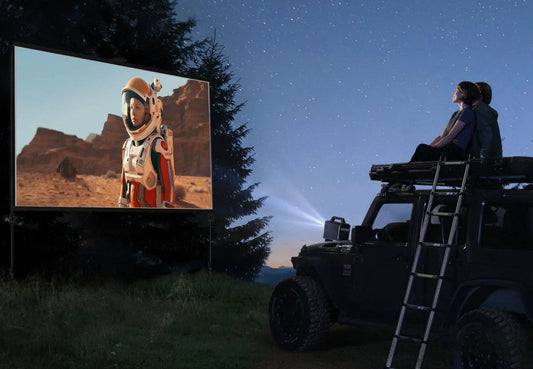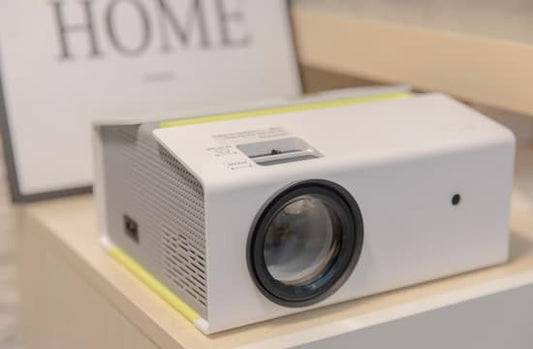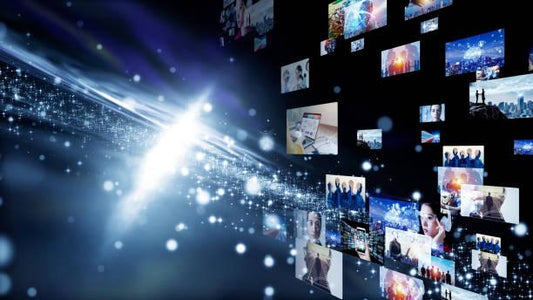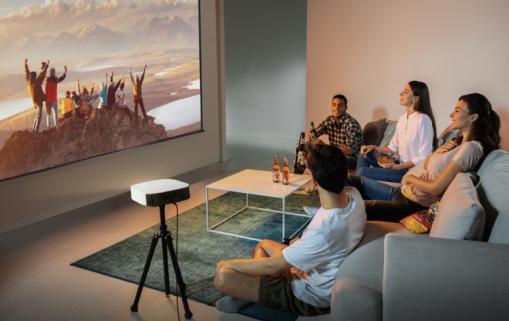How to select

Best Resolution for Optimal Visual Experience
Delving into the technological world of superior resolution arenas, Full HD (FHD) and Ultra HD (UHD) emerge as significant names. In this article, we will explore these two display resolutions and...
Best Resolution for Optimal Visual Experience
Delving into the technological world of superior resolution arenas, Full HD (FHD) and Ultra HD (UHD) emerge as significant names. In this article, we will explore these two display resolutions and...

Quiet Projector: Types & Recommendations
When it comes to creating the perfect home theater experience or delivering a compelling presentation, a quiet projector can be a game-changer. No one wants their cinematic moments or important...
Quiet Projector: Types & Recommendations
When it comes to creating the perfect home theater experience or delivering a compelling presentation, a quiet projector can be a game-changer. No one wants their cinematic moments or important...

UHD vs HD Projectors: Which One Should You Buy?
As the demand for high-quality home entertainment systems rises, so does the need for advanced technology that can deliver crisp and clear visuals. With UHD vs HD being two popular...
UHD vs HD Projectors: Which One Should You Buy?
As the demand for high-quality home entertainment systems rises, so does the need for advanced technology that can deliver crisp and clear visuals. With UHD vs HD being two popular...

Best Projector Under $400: Ultimate Buying Guide
Projectors have become an indispensable part of our modern lives. However, many quality projectors come with hefty price tags that make buyers flinch. The good news is that projectors that...
Best Projector Under $400: Ultimate Buying Guide
Projectors have become an indispensable part of our modern lives. However, many quality projectors come with hefty price tags that make buyers flinch. The good news is that projectors that...

Best Projector for Bedroom in 2025
Imagine snuggling up in bed, the lights dimmed, and a movie projected onto your ceiling or wall. Creating a personal cinema in your bedroom is easier than ever with the...
Best Projector for Bedroom in 2025
Imagine snuggling up in bed, the lights dimmed, and a movie projected onto your ceiling or wall. Creating a personal cinema in your bedroom is easier than ever with the...

Best Projector with Zoom Features for 2025
When it comes to enhancing your viewing experience, whether in a home theater setup or a professional presentation environment, the ability to seamlessly adjust the projected image size is crucial....
Best Projector with Zoom Features for 2025
When it comes to enhancing your viewing experience, whether in a home theater setup or a professional presentation environment, the ability to seamlessly adjust the projected image size is crucial....